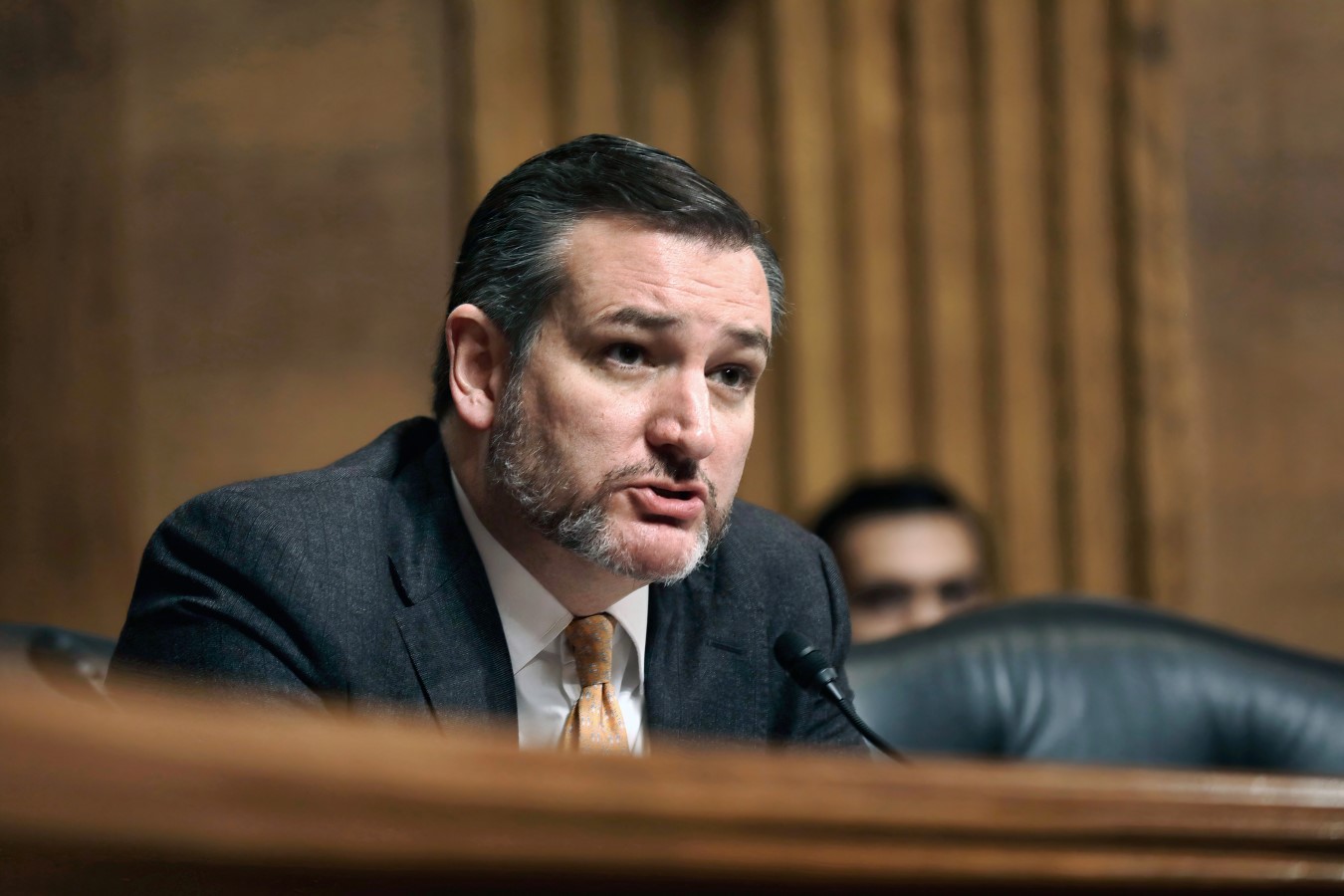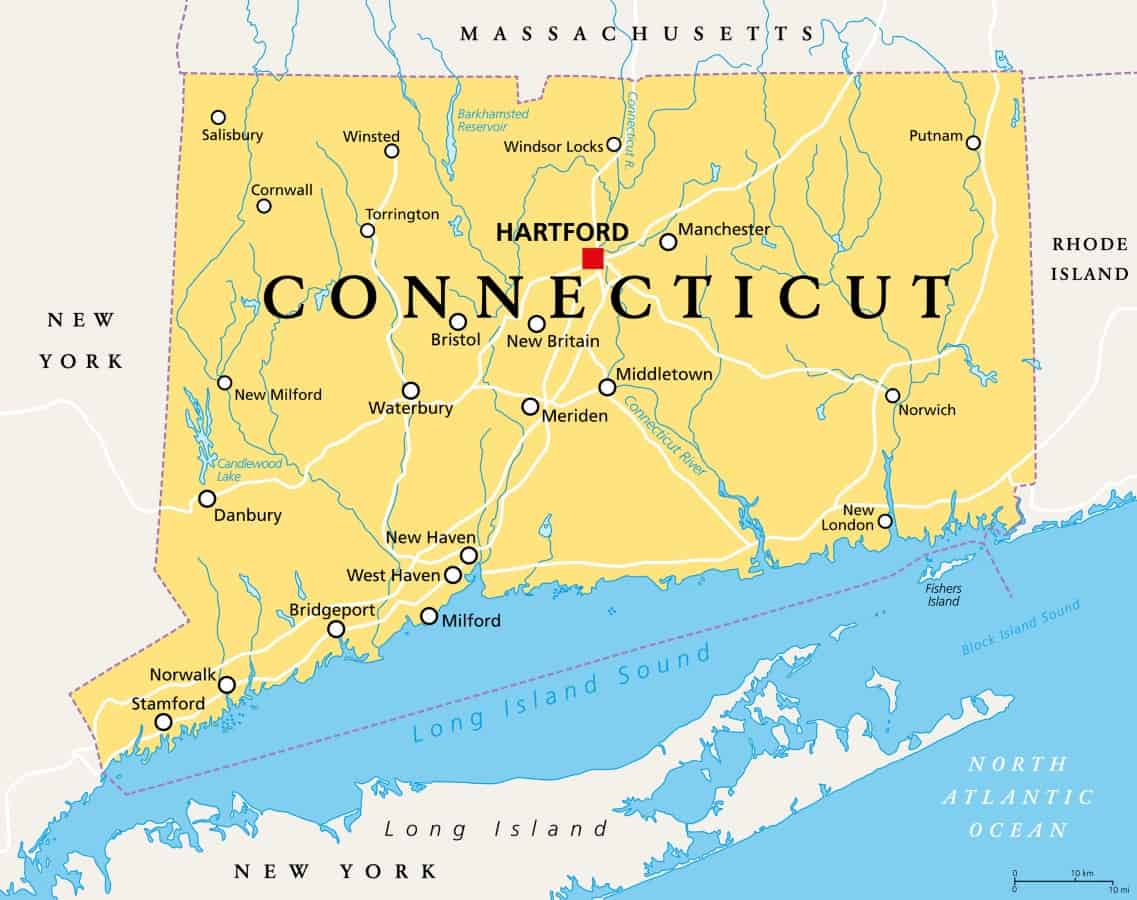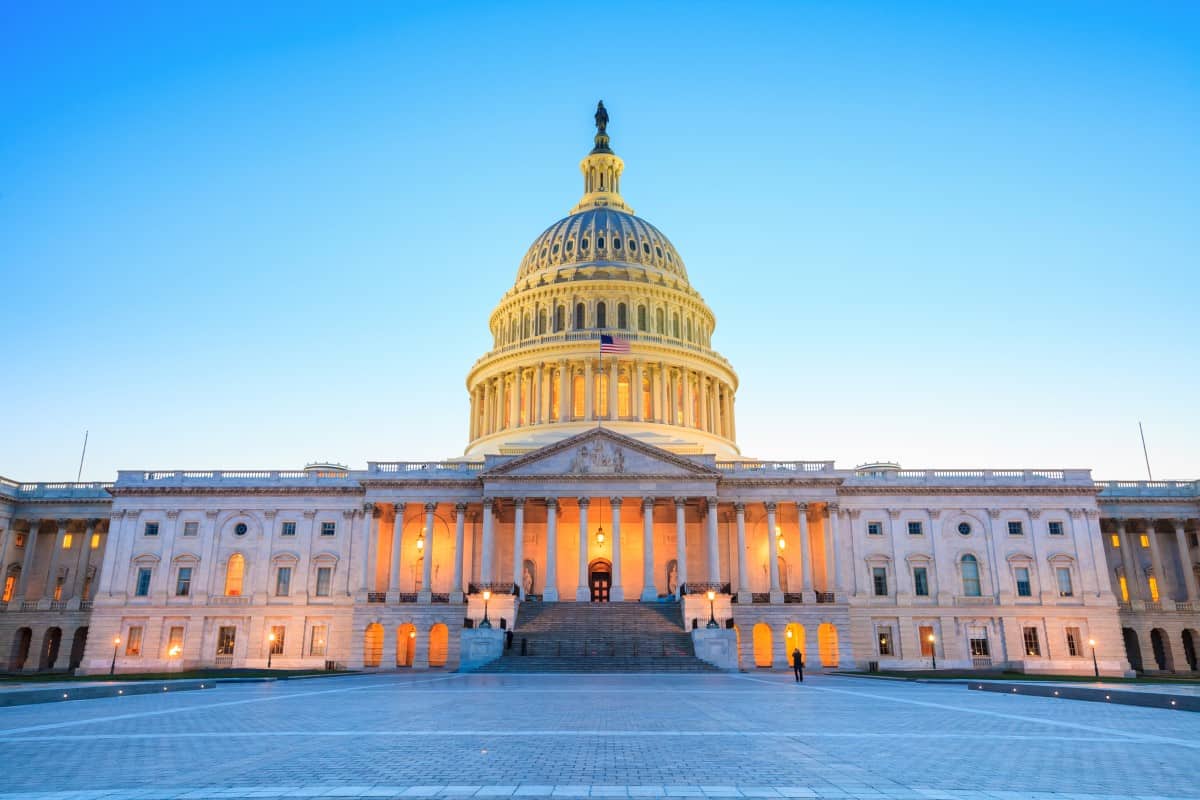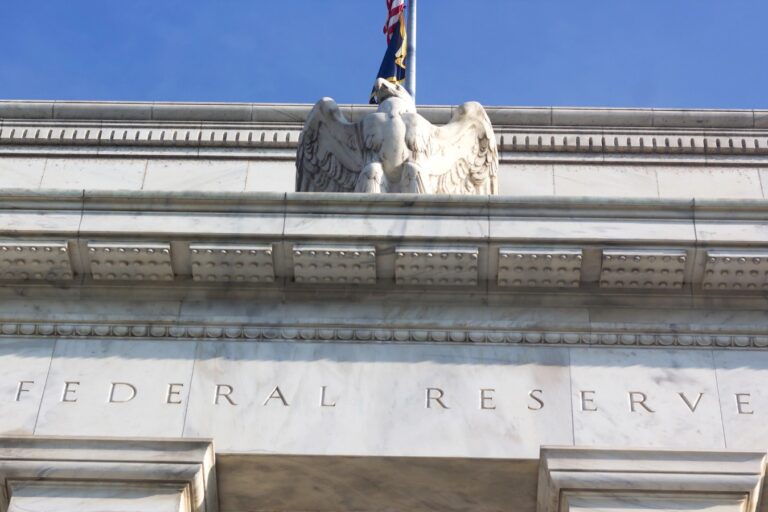Parents, Don’t Get Too Excited About Trump’s $1,000 MAGA Baby Accounts

The latest Republican tax proposal includes a flashy new idea that’s grabbing headlines: a government-funded $1,000 seed investment for every baby born during a second Trump term.
Dubbed “MAGA Accounts”; short for “Money Accounts for Growth and Advancement” – the initiative has all the makings of a populist pitch to middle-class families.
But beneath the branding lies a question parents and policymakers alike should be asking: will this actually move the needle on wealth building?
A Baby’s First Brokerage Account?

At first glance, MAGA Accounts appear to be a hybrid between a custodial investment account and a 529 college savings plan.
Under the proposal, each eligible child would receive a $1,000 government contribution at birth, starting in 2025 and ending in 2028.
Parents could then contribute up to $5,000 annually per child; with no tax deduction and direct investments into pre-approved vehicles like mutual funds tracking major U.S. indexes.
Senator Ted Cruz’s Vision for Market Citizenship

The concept is spearheaded by Sen. Ted Cruz and hedge fund manager Brad Gerstner, who argue that early market exposure can foster financial literacy and a pro-capitalist mindset.
Cruz has said the accounts would help turn children into “stakeholders in the free market” by letting them “own a piece of Apple or McDonald’s.”
How the MAGA Accounts Work

Funds deposited into MAGA Accounts grow tax-deferred, and qualified withdrawals for education, first-time home purchases, small business investments, or credentials would be taxed only on capital gains.
Any non-qualified withdrawals would face income tax plus a 10% penalty.
Withdrawals before age 18 are prohibited, and once the account holder turns 31, the account is automatically liquidated.
The $17.3 Billion Price Tag and Limited Upside

The Joint Committee on Taxation estimates the program would cost the Treasury $17.3 billion over 10 years.
That sounds substantial until you consider the potential return for individual families.
Assuming no additional contributions, and a generous 7% average annual return, a $1,000 seed would grow to around $3,870 by the time the child turns 31.
It would definitely help children have some financial cushion.
No Tax Deduction, No Real Edge Over 529s

Investors should note that MAGA Accounts offer fewer tax advantages than traditional 529 plans.
Contributions are not deductible on federal taxes, although states might add incentives.
Worse, investment growth is still taxed as long-term capital gains upon withdrawal; unlike 529 plans, which offer tax-free growth if used for qualified education expenses.
529-to-Roth Rollovers: A Missed Opportunity

Recent legislative changes now allow some 529 plan balances to be rolled over into Roth IRAs; up to $35,000 over a lifetime offering a clear path to retirement investing.
MAGA Accounts lack that flexibility. Once the account holder hits 31, it’s cash out and pay taxes
Baby Bonds, Rebranded?

In essence, MAGA Accounts resemble the “baby bonds” concept championed by Sen. Cory Booker and Rep. Ayanna Pressley; with a conservative twist.
Whereas baby bonds target children from low-income families and aim to reduce racial wealth gaps, MAGA Accounts are universal and lean heavily on private investment rather than public guarantees.
How MAGA Accounts Compare to State-Run Baby Bonds

The MAGA Account pilot program echoes elements of state-run “baby bonds” initiatives; but with key differences in scope and accessibility.
For instance, Connecticut became the first state to fully implement such a program in 2023 with the launch of the Connecticut Baby Bonds Trust.
That initiative automatically deposits $3,200 into a trust for every child born under the state’s Medicaid program, focusing squarely on lower-income families.
Unlike MAGA Accounts, however, Connecticut’s version doesn’t allow additional contributions, and its purpose is more explicitly tied to closing the racial and economic wealth gap rather than encouraging investment in public markets.
Limited Use Cases, Narrow Benefits

The MAGA Account allows for withdrawals in just four areas: higher education, vocational credentials, first-time home purchases, and small business funding.
While these are logical investment destinations, the narrow range limits flexibility.
There’s no provision for general expenses, medical costs, or emergencies.
Parental Control But With Strings

Parents or trustees would have broad authority over how funds are invested, within limits.
Eligible investments are restricted to passive funds tracking U.S. indexes, and leverage is prohibited. While this minimizes risk, it also limits upside and leaves little room for active management or innovation.
A Nod to Financial Literacy. But How Effective?

Advocates argue that exposing kids to investing early helps build financial literacy and long-term savings habits.
That’s undoubtedly true; but giving a child $1,000 in a locked trust won’t automatically translate to financial education.
Without structured programs, apps, or school-based curricula tied to the accounts, the behavioral impact may be limited. Parents need to continue providing financial education such as creating a budget, investing wisely, avoiding debt and managing credit scores.
Not a Wealth Multiplier

For middle and upper-income families, MAGA Accounts don’t replace 529s, brokerage accounts, or trusts.
For low-income households, the taxable withdrawals mean they’re unlikely to build significant wealth without other policy support.
Critics Decry Symbolism Over Substance

Politically, MAGA Accounts offer a compelling talking point: “Trump is giving your baby a $1,000 investment.”
Critics complain that in financial terms, the program does little to close inequality gaps or promote widespread ownership of capital.
But, it is a great start for investing in kids which has not been done before. Future versions could be used to improve on the concept.
How Likely Is This to Pass?

The House Ways and Means Committee is expected to approve the measure as part of a larger Trump-aligned tax reform bill. But the Senate; and especially moderate Republicans may take a harder look at the cost-benefit equation.
Other Sweeteners in the Tax Bill for Parents

The broader GOP tax bill includes an increase in the Child Tax Credit (from $2,000 to $2,500), a higher standard deduction, and tweaks to estate tax thresholds.
For parents, these provisions may provide more tangible savings than a speculative $1,000 nest egg.
Financial Advisors Caution Clients on Overestimating Value

Financial professionals studying the proposal are already working on managing client expectations. While a “free” $1,000 is worth taking, MAGA Accounts don’t replace more flexible, better-incentivized tools already available for child investment strategies.
A Political Gimmick Could be the Start of Something Bigger

For families eligible between 2025 and 2028, the $1,000 MAGA Account is a windfall worth accepting; but not a strategy worth relying on. As an investment vehicle, it’s unlikely to materially shift long-term economic outcomes.
MAGA Accounts may set a precedent for federally seeded investment accounts.
If future lawmakers expand contributions, add matching funds, or loosen restrictions, these vehicles could evolve into something more powerful. But for now, the program is more ideological than impactful.
Like Financial Freedom Countdown content? Be sure to follow us!
Trump’s Tax Plan Breaks Campaign Promise to Seniors on Social Security Relief

During his 2024 campaign, Donald Trump pledged that seniors would no longer pay taxes on their Social Security benefits. But that promise is notably absent in the new Republican tax bill making its way through Congress. While tip income and corporate profits get big breaks, older Americans will keep paying taxes on the benefits they spent decades earning.
Trump’s Tax Plan Breaks Campaign Promise to Seniors on Social Security Relief
Retirement Dreams on Hold as 73% of the Sandwich Generation Support Parents and Adult Kids, Survey Finds

If you’ve ever flown on a plane, you know the drill: “Put your own oxygen mask on first before assisting others.” It’s easy advice to hear, but much harder to live by — especially if you’re caring for aging parents and supporting children. Welcome to life in the sandwich generation. Many people in their 40s and 50s face this dual responsibility right when their own retirement savings should be hitting full speed. A new survey conducted by Athene of the Sandwich Generation, found that nearly three quarters (73%) of respondents have adjusted their retirement goals to support their adult children or aging relatives, including: – Delaying retirement (34%) – Using retirement assets to support their family (22%) – Not planning to retire at all (9%) If you’re feeling squeezed from both sides, you’re not alone. Here’s what you need to know to survive and thrive during this overwhelming phase of life.
Treasury I Bond Rates Increases from 3.11% to 3.98% – But with a 1.1% Fixed Rate Locked for 30 Years, Is It Still a Smart Investment?

Inflation has become a significant concern. During the past three years of surging inflation, I bonds offered a safe and attractive investment option. However, with recent lower CPI numbers, the current composite rate for I bonds bought after May 1, 2025 will be 3.98%. The rate has slightly increased from the prior 3.11% but is a sharp decline from the enticing 9.62% annual rate available in May 2022 or even the 4.28% available for bonds purchased before October 31st, 2024. As rates decrease, investors are now considering whether it’s still worth buying Series I bonds.

Did you find this article helpful? We’d love to hear your thoughts! Leave a comment with the box on the left-hand side of the screen and share your thoughts.
Also, do you want to stay up-to-date on our latest content?
1. Follow us by clicking the [+ Follow] button above,
2. Give the article a Thumbs Up on the top-left side of the screen.
3. And lastly, if you think this information would benefit your friends and family, don’t hesitate to share it with them!

John Dealbreuin came from a third world country to the US with only $1,000 not knowing anyone; guided by an immigrant dream. In 12 years, he achieved his retirement number.
He started Financial Freedom Countdown to help everyone think differently about their financial challenges and live their best lives. John resides in the San Francisco Bay Area enjoying nature trails and weight training.
Here are his recommended tools
Personal Capital: This is a free tool John uses to track his net worth on a regular basis and as a retirement planner. It also alerts him wrt hidden fees and has a budget tracker included.
Platforms like Yieldstreet provide investment options in art, legal, real estate, structured notes, venture capital, etc. They also have fixed-income portfolios spread across multiple asset classes with a single investment with low minimums of $10,000.





